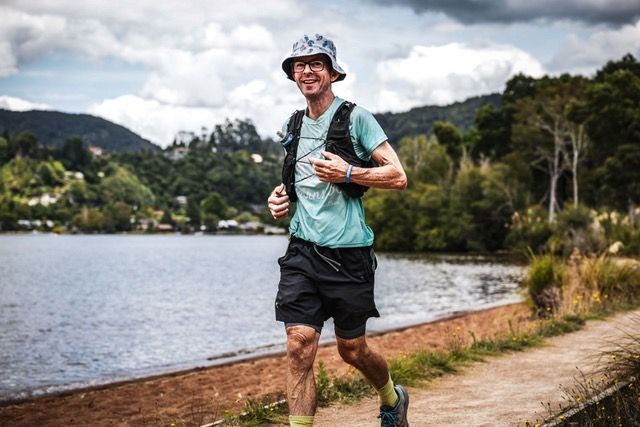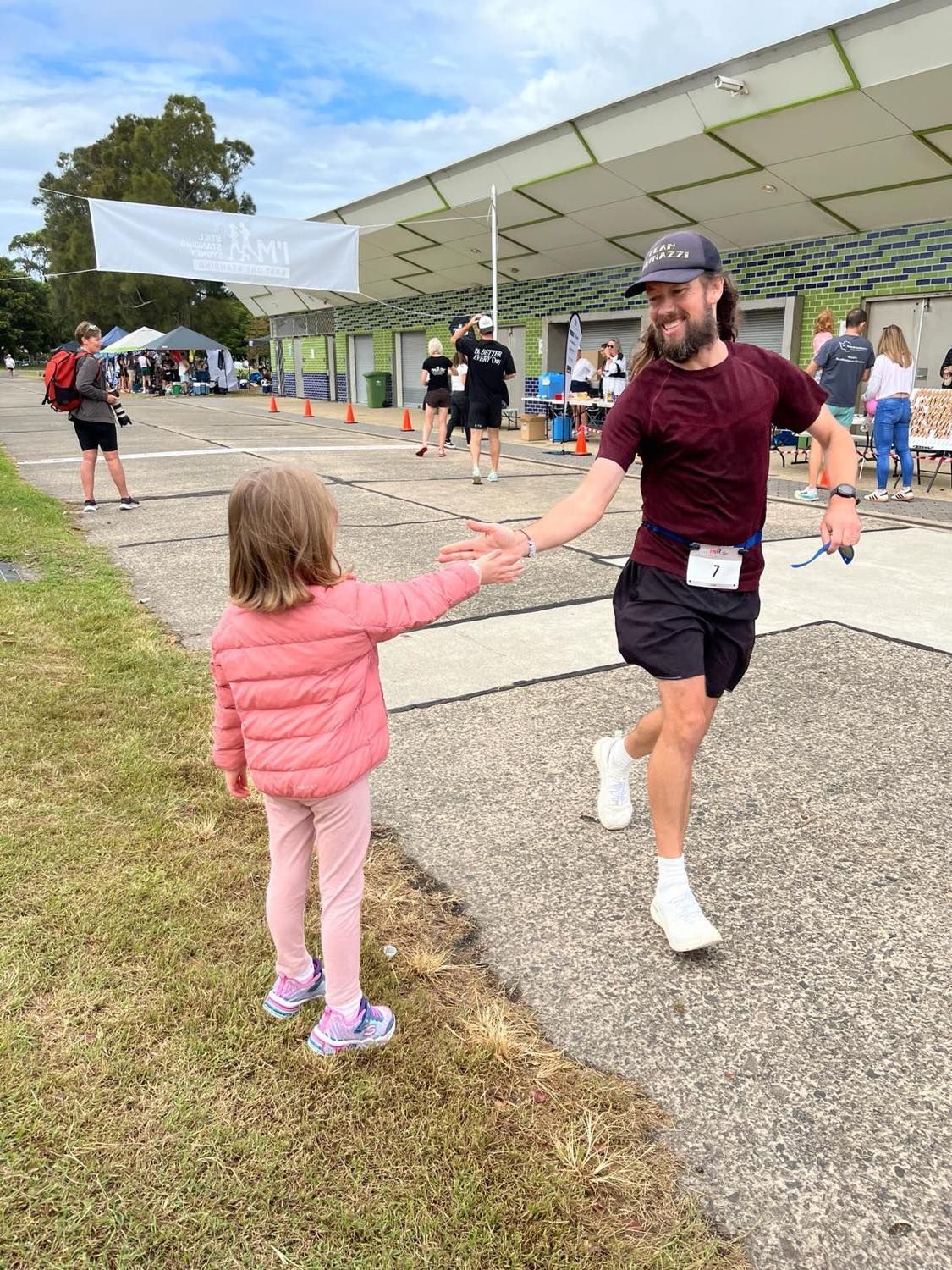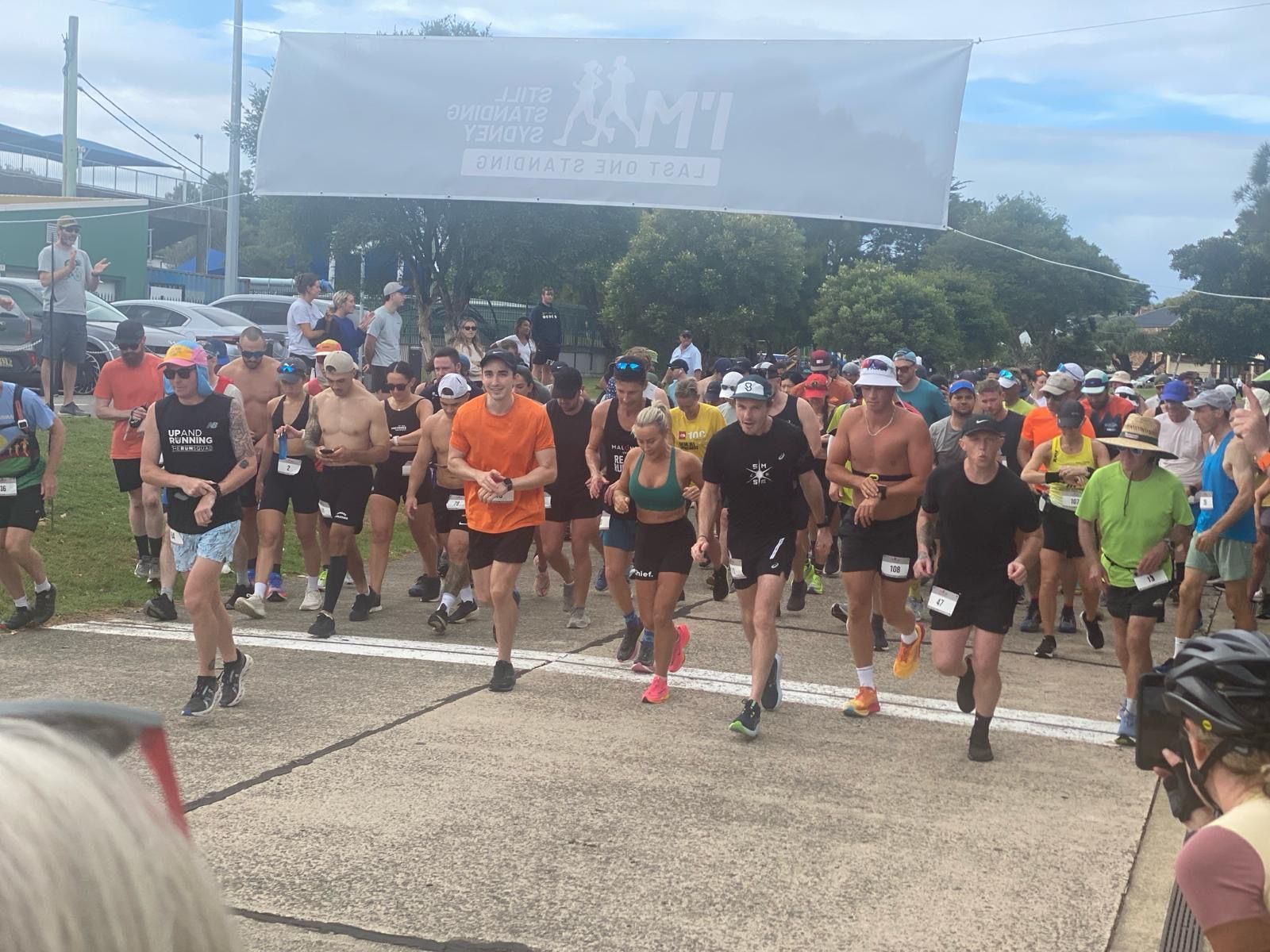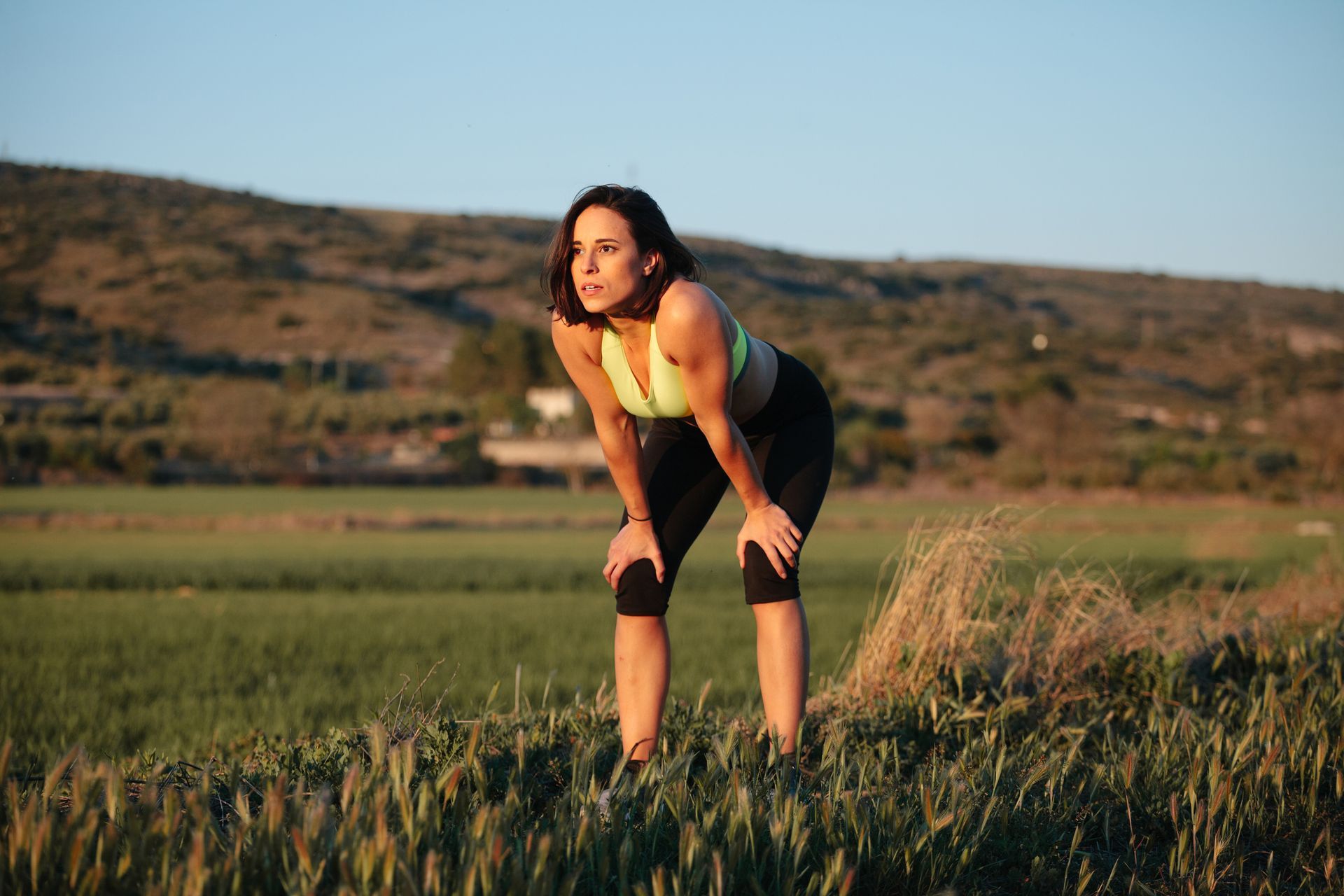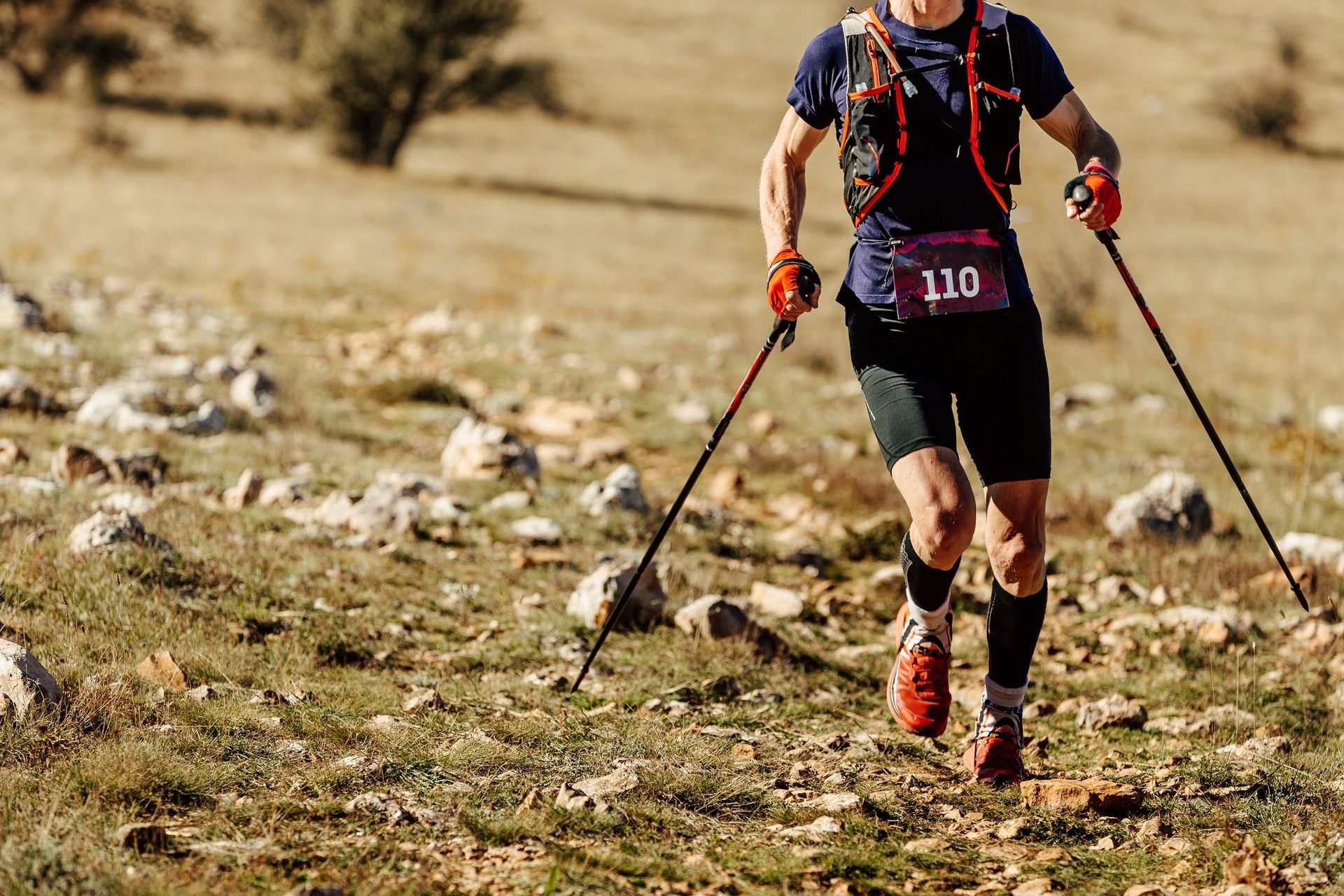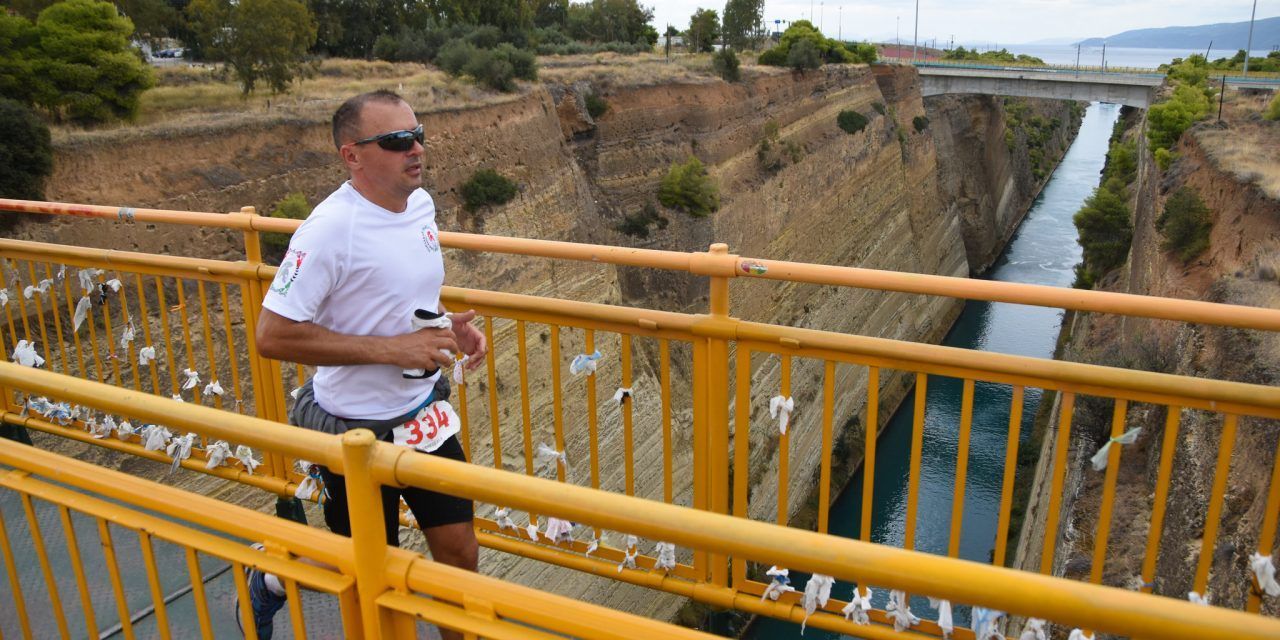
PREPARING FOR AN AGE-OLD 246K RACE
Contributed by Fergus Edwards, AURA member competing at this year’s Spartathon, September 28-29
The Spartathlon is a 246km race with 3500m of elevation (including a 1000m climb at around the 160km point) from Athens to Sparta. The race is based on the story of the messenger who ran to Sparta and arrived ‘the day after he left Athens’ asking for Spartans help defend the Greek peoples from an advancing Persian army. Herodotus recorded the story in 425BC and in 1982 three members of the RAF set off to see if such a run was possible. The race was formalised from the following year becoming today’s Spartathlon.
The race starts at 7am on a Friday and finishes 7pm on a Saturday with tight cut-offs at each of the 75 intermediate checkpoints. Historic finishing rates have been as low as 30 per cent, driven by two main factors.
Firstly there are tight cut-offs at each of the 75 checkpoints. This leaves little leeway to recover if anything goes wrong, and it seems to encourage runners to go out fast to try and generate a buffer. That pace does damage that snowballs over the last 80km.
Secondly the heat differential over the course can be over 40°C from high 30°C during the day to negative crossing Mount Parthenion overnight. This results in runners pulling out with heat stroke or dehydration by day and hypothermia by night.
The race has grown to 390 starters every year and organisers have gradually tightened the basic entry criteria in response. At present the 100 Mile criteria for men is 16hrs 48mins for a guaranteed place and 21hrs just to qualify for the ballot. The race also caps entries by country of representation although this isn’t too much of a problem for Australian runners as there have only ever been 10 Aussie finishers.
I obviously intend to finish but since I don’t know if I will or not, I thought it might be interesting to put down what I currently think are the five most important things I’ve done to prepare.
Not claiming this is a great blueprint but hopefully others can learn from any mistakes.
- Coached by a Spartathlon finisher. Not second guessing my mileage or my heat training. Not worrying about getting in an extra session or another long run. Just trusting a coach who has seen me through other hard races and knows the peculiarities of Sparta. Has helped keep anxiety low and I’ve focused on executing sessions (and not mileage totals)
- Consistent training. No more than 100km a week in training but no missed sessions. Training has been to time, not to mileage, so long sessions (no more than four hours) haven’t been all that long, but hard sessions (hills, sprints, tempos) have been properly hard.
- Heat training. Two or three bikram yoga sessions a week for the last two months then over the last two weeks running in a heat chamber set to 35°C to 40°C, 40 to 60 per cent humidity. Learned that if humidity rises, pace has got to slow.
- Experienced crew. Specifically, experienced at crewing me. Trusted to get to crew points if it’s possible, and to look after themselves. If they aren’t there then keep moving, hope to see them at the next crew point. And trusted to be very conservative around race rules.
- Maximum speed per section. Walking from the first checkpoint onwards whenever ahead of schedule, hoping to keep muscle damage minimal for as long as possible.
So all that remains now is an enormous amount of travel and a bit of a run. Then a race report, naturally!
Pictured: A runner crosses the Corinth Canal, Kakia Skala in the 2017 Spartathlon. Photograph – Sparta Photography Club.
Follow Fergus Edwards on Twitter @solvitur



